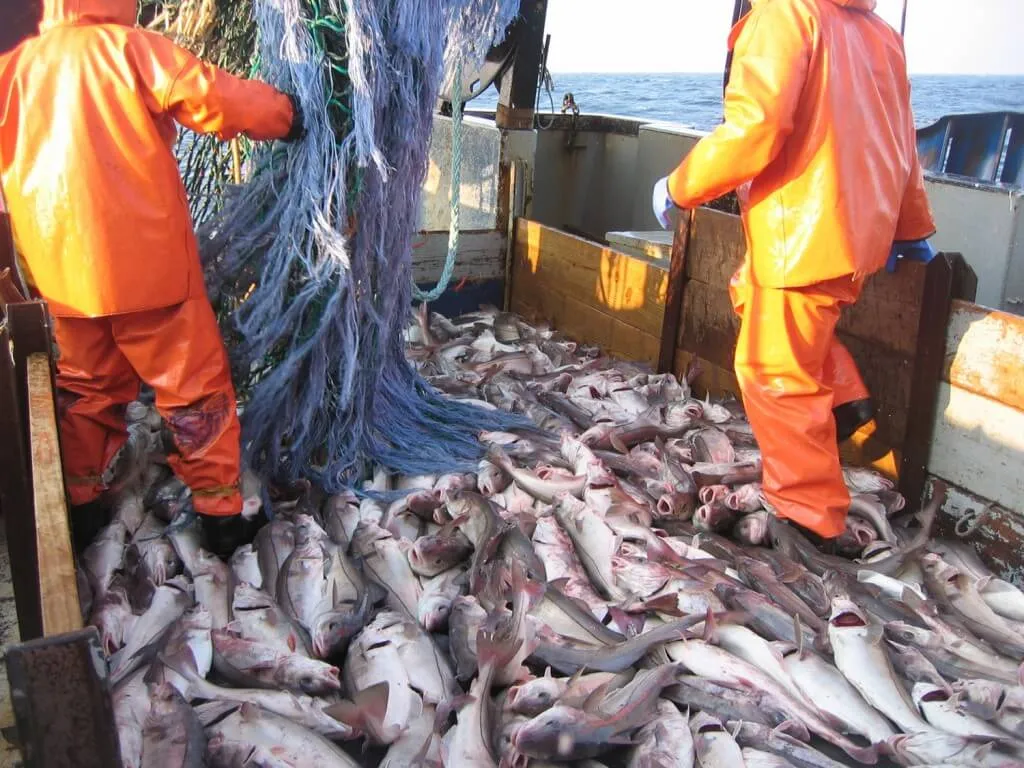Antarctica’s fragile ecosystems, hosting life forms that have adapted over millennia to one of the harshest environments on Earth, are now facing unprecedented challenges due to climate change. From the microscopic krill to penguins and whales, the delicate balance of these ecosystems is being undermined by rising temperatures, melting ice, and disrupted food chains. Understanding the depth of these threats and their global ramifications is critical for inspiring meaningful action.
The Crisis of Climate Change in Antarctica
Climate change is profoundly altering Antarctica’s physical environment, affecting its unique biodiversity and jeopardizing the survival of species that are intricately connected to its icy landscape.
Disrupted Food Webs: The Domino Effect

The Antarctic food web is a tightly woven system where even small disruptions can ripple across the entire ecosystem:
- Krill Decline: Antarctic krill, the cornerstone of the food web, depend on sea ice for their lifecycle. The algae that grow beneath the ice serve as their primary food source. As sea ice diminishes due to warming, krill populations decline, threatening the survival of species higher up the food chain, such as fish, seals, penguins, and whales. Learn more from the British Antarctic Survey.
- Penguin Population Challenges: Species like the Adélie and Chinstrap penguins rely heavily on krill as their primary food source. Reduced krill availability has led to declining penguin populations. Furthermore, changing ice conditions have disrupted their breeding sites, with some colonies experiencing significant habitat loss. More information is available from the International Union for Conservation of Nature (IUCN).
- Seal Survival at Risk: Leopard seals and Weddell seals are experiencing shifts in prey availability and habitat conditions. Reduced sea ice not only impacts their hunting grounds but also affects their breeding behaviors, potentially leading to population declines. Read about seals’ adaptation to climate change at the NOAA Fisheries.
Habitat Loss: A Vanishing Landscape
The melting of glaciers, the retreat of ice shelves, and rising temperatures are transforming Antarctica’s landscape:
- Loss of Ice Shelves: Ice shelves act as critical habitats and barriers that regulate glacial flow into the ocean. Their disintegration not only raises sea levels but also deprives species like emperor penguins of vital breeding grounds. The NSIDC provides updates on ice shelf changes.
- Glacial Retreat: As glaciers retreat, they alter freshwater flows and reduce the habitat available for cold-adapted species. This transformation of the Antarctic landscape has cascading effects on biodiversity. Learn more from the World Glacier Monitoring Service.
Global Implications: Why Antarctica’s Crisis Matters
The changes in Antarctica extend far beyond its icy borders:
- Sea Level Rise: Antarctica’s ice sheets hold enough water to raise global sea levels by several meters. Even a partial loss of this ice has profound implications for coastal cities, island nations, and low-lying regions worldwide. For projections and data, visit the NASA Sea Level Portal.
- Ocean Circulation Disruption: The melting ice introduces vast amounts of freshwater into the ocean, disrupting thermohaline circulation patterns that regulate global climates. This could lead to more extreme weather events, including intensified hurricanes, droughts, and shifts in monsoon patterns. Learn more at the Woods Hole Oceanographic Institution.
- Global Food Security: Antarctic krill plays a significant role in marine ecosystems beyond Antarctica. A collapse in krill populations could disrupt fisheries and reduce fish stocks relied upon by human populations. The Marine Stewardship Council discusses sustainable fishing practices to address these risks.
Conservation: Protecting Antarctica’s Future
Conserving Antarctica requires a coordinated effort at local, regional, and global levels:
- Strengthening International Agreements: The Antarctic Treaty and the Protocol on Environmental Protection to the Antarctic Treaty are critical frameworks for regulating human activity and protecting biodiversity in the region. Expanding and enforcing these agreements is essential.
- Establishing Marine Protected Areas: Expanding marine protected areas (MPAs) around Antarctica can safeguard vulnerable ecosystems. These zones provide a refuge for species affected by climate change and human activities, such as fishing and tourism. The Pew Charitable Trusts highlights the importance of MPAs in the Southern Ocean.
- Investing in Research and Monitoring: Programs like the International Thwaites Glacier Collaboration are essential for understanding the pace of ecological changes. Continuous monitoring can inform strategies to mitigate these impacts.
How Individuals Can Make a Difference
While the challenges are global, individual actions can contribute to the protection of Antarctica’s ecosystems:
- Reduce Your Carbon Footprint: Simple actions such as using public transportation, conserving energy, and reducing waste can collectively reduce greenhouse gas emissions, slowing climate change. Learn how to make an impact through the EPA’s Guide to Reducing Carbon Emissions.
- Support Conservation Organizations: Organizations like the World Wildlife Fund and the Antarctic and Southern Ocean Coalition are actively working to protect Antarctica. Donating to or volunteering for such groups amplifies their efforts.
- Advocate for Climate Policies: Use your voice to demand stronger climate policies from governments and corporations. Advocacy can drive systemic change needed to address the root causes of climate change. The UN Climate Action Portal provides ways to get involved.
The Road Ahead
Antarctica is a barometer for the planet’s health. Its fragile ecosystems are sending a clear warning about the broader impacts of climate change. By understanding the challenges and taking meaningful action, we can protect Antarctica and ensure a sustainable future for all life on Earth.